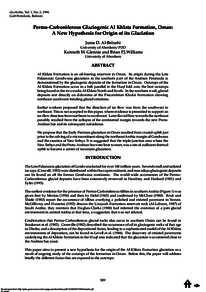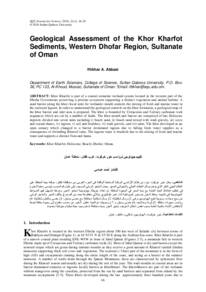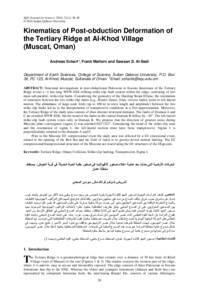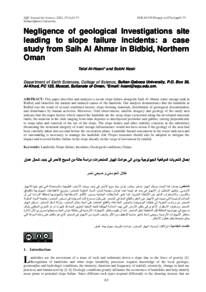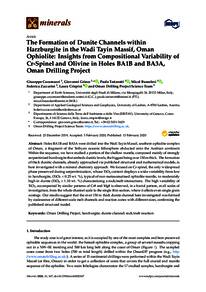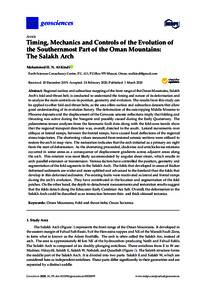Document
Permo-carboniferous glaciogenic Al Khlata formation, Oman : a new hypothesis for origin of its glaciation.
Identifier
DOI: 10.2113/geoarabia0103389
Source
GeoArabia. v. 1, 3, p. 389-404
Contributors
Glennie, Kenneth W., Author
Williams, Brian P. J., Author
Country
Bahrain.
City
Manama
Publisher
Gulf PetroLink.
Gregorian
1996-07-01
Language
English
Extent
p. 389-404
Subject
English abstract
Al Khlata Formation is an oil-bearing reservoir in Oman. Its origin during the Late Palaeozoic Gondwana glaciation in the southern part of the Arabian Peninsula is demonstrated by the glaciogenic deposits of the formation in Oman. Outcrops of the Al Khlata Formation occur in a belt parallel to the Huqf fold axis, the best outcrops being found in the two wadis Al Khlata North and South. In the southern wadi, glacial deposits rest directly on dolomites of the Precambrian Khufai Formation showing northeast-southwest trending glacial striations. Earlier workers proposed that the direction of ice flow was from the southwest to northeast. This is not accepted in this paper, where evidence is presented to support an ice-flow direction from northeast to southwest. Later fluvial flow towards the northeast possibly resulted from the collapse of the continental margin towards the new Proto- Arabian Sea and its subsequent subsidence. We propose that the Early Permian glaciation in Oman resulted from crustal uplift just prior to the calving of a microcontinent along the northeast Arabia margin of Gondwana and the creation of Neo-Tethys. It is suggested that the triple-junction area where the Neo-Tethys and the Proto-Arabian Sea were later to meet, was a site of sufficient thermal uplift to become a center of mountain glaciation.
Member of
ISSN
1025-6059
Category
Conferences & workshops

